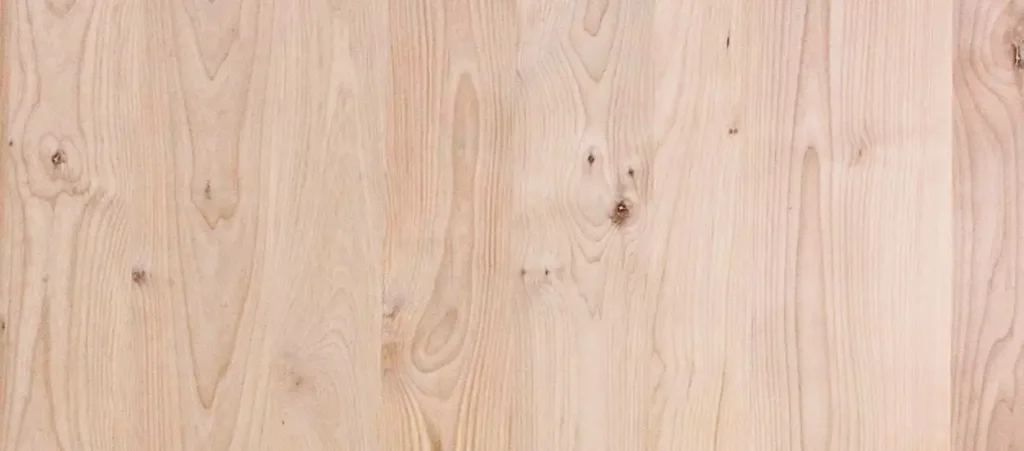Plywood is one of the most versatile building materials, used in everything from furniture to construction. However, not all plywood is the same—different grades are designed for specific purposes. In this guide, we’ll explore the top 10 plywood grades in 2025 and their best applications to help you choose the right type for your project.
1. Understanding Plywood Grades: What Do They Mean?
Plywood is classified based on quality, durability, and intended use. The grading system typically considers factors like:
Face Veneer Quality (A, B, C, D)
Core Material (Solid, Laminated, Composite)
Moisture Resistance (Interior, Exterior, Marine)
The most common grading standards include:
A-A: Premium quality, smooth finish (best for furniture and cabinetry)
A-B: One high-quality side, one slightly imperfect side (good for visible surfaces)
B-B: Moderate quality, minor defects (suitable for structural uses)
C-D: Rough surface, used for sheathing and subfloors
Understanding these grades ensures you avoid overpaying for unnecessary quality while still getting the right strength and finish.

2. The Top 10 Plywood Grades and Their Best Uses
1. A-A Grade Plywood
Best for: High-end furniture, cabinets, and decorative surfaces
Why? Smooth, knot-free finish on both sides
2. A-B Grade Plywood
Best for: Shelving, tabletops, and interior paneling
Why? One premium side for aesthetics, one functional side
3. B-B Grade Plywood
Best for: Structural framing and hidden supports
Why? Cost-effective with moderate strength
4. C-D Grade Plywood
Best for: Subfloors, roofing, and temporary structures
Why? Economical but not visually appealing
5. Marine Grade Plywood
Best for: Boats, docks, and high-moisture areas
Why? Waterproof glue and high-quality veneers
6. Structural Plywood (CDX)
Best for: Roofing, walls, and exterior sheathing
Why? Strong, durable, and moisture-resistant
7. Sanded Plywood (ACX)
Best for: Cabinets, doors, and painted finishes
Why? Smooth surface, ideal for finishing
8. Hardwood Plywood (Birch, Oak, Maple)
Best for: Fine woodworking and luxury furniture
Why? Dense, attractive grain patterns
9. Flexible Plywood (Bending Plywood)
Best for: Curved furniture and architectural designs
Why? Can bend without breaking
10. Fire-Retardant Plywood (FR Grade)
Best for: Commercial buildings and safety-critical areas
Why? Treated to resist flames and slow fire spread
3. How to Choose the Right Plywood Grade for Your Project
Selecting the best plywood depends on three key factors:
A. Project Requirements
Furniture & Cabinets: A-A or A-B for a smooth finish
Outdoor Use: Marine or CDX for weather resistance
Structural Work: B-B or C-D for cost efficiency
B. Budget Considerations
High-grade plywood (A-A, Marine) is expensive but long-lasting.
Lower grades (C-D) are affordable but may need additional sealing.
C. Environmental Conditions
Humid/Wet Areas: Marine or treated plywood
High-Traffic Zones: Hardwood or sanded plywood for durability
Choosing the right plywood grade can save you money, time, and effort while ensuring a professional finish. Whether you’re building furniture, renovating a home, or working on a large construction project, matching the plywood grade to its best use is essential.
Need help sourcing high-quality plywood? Check out our recommended suppliers or contact our experts for personalized advice!

